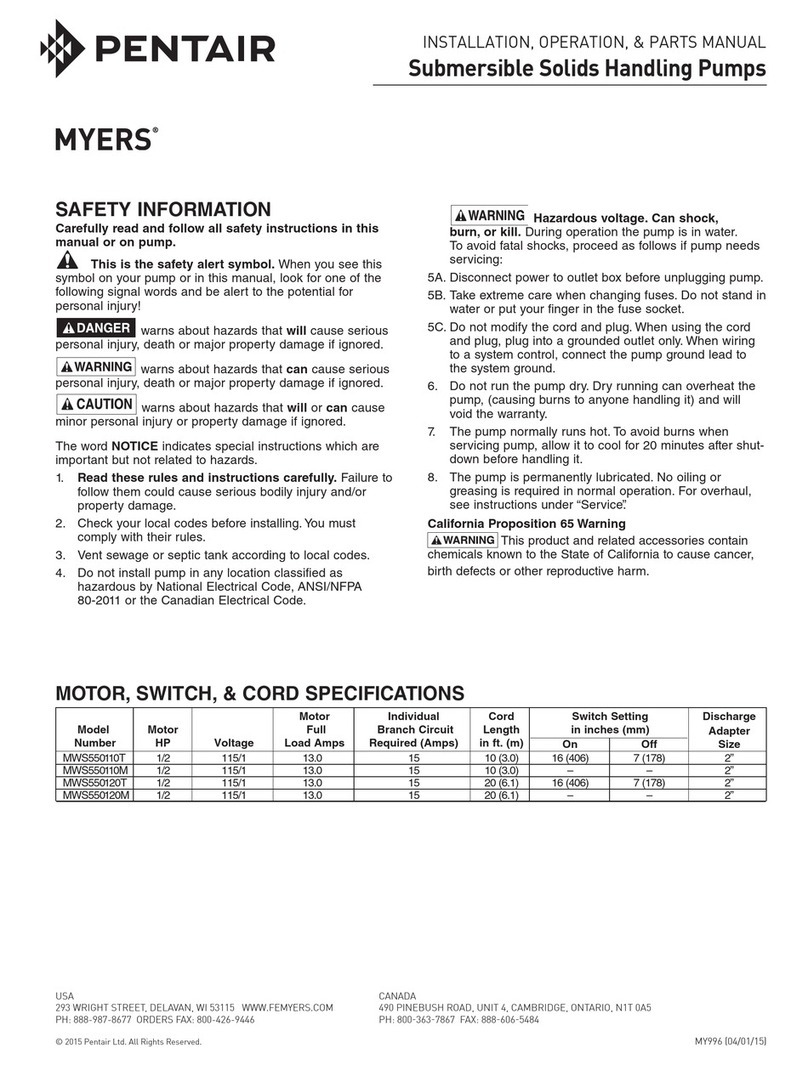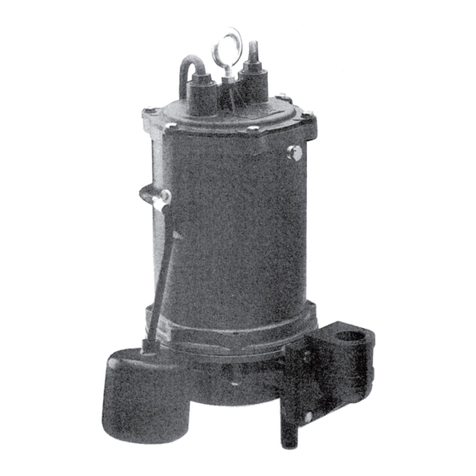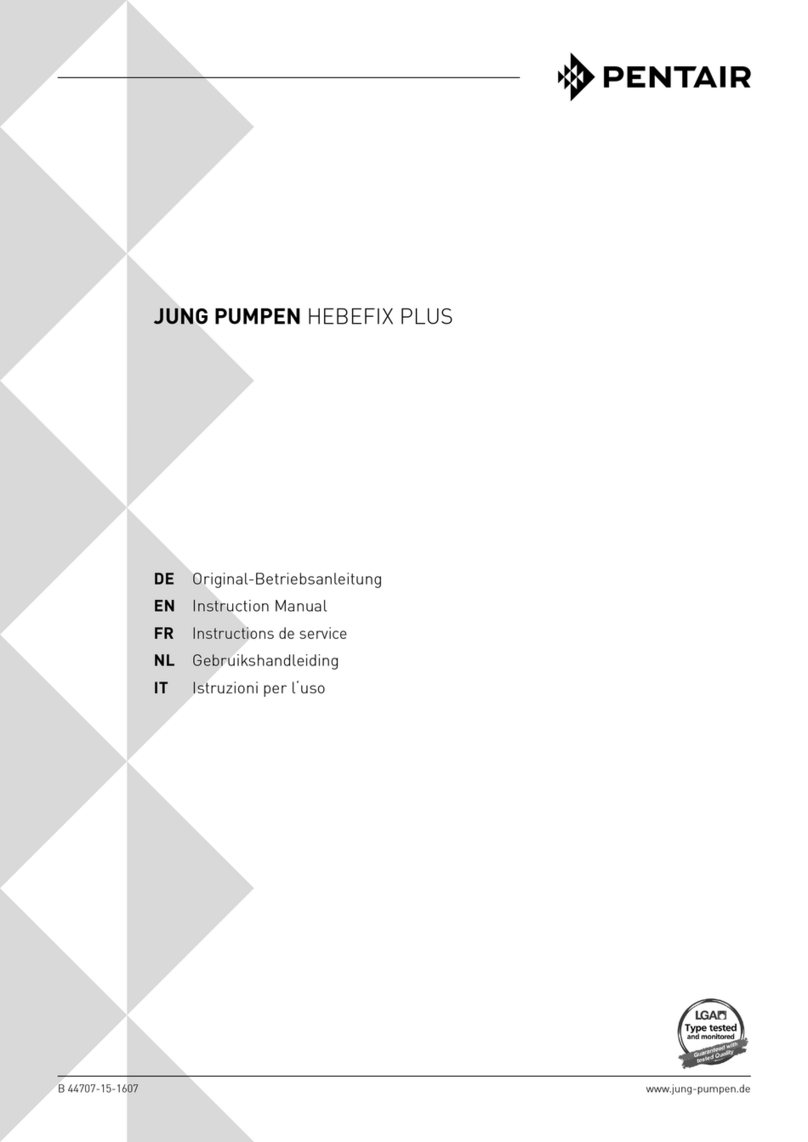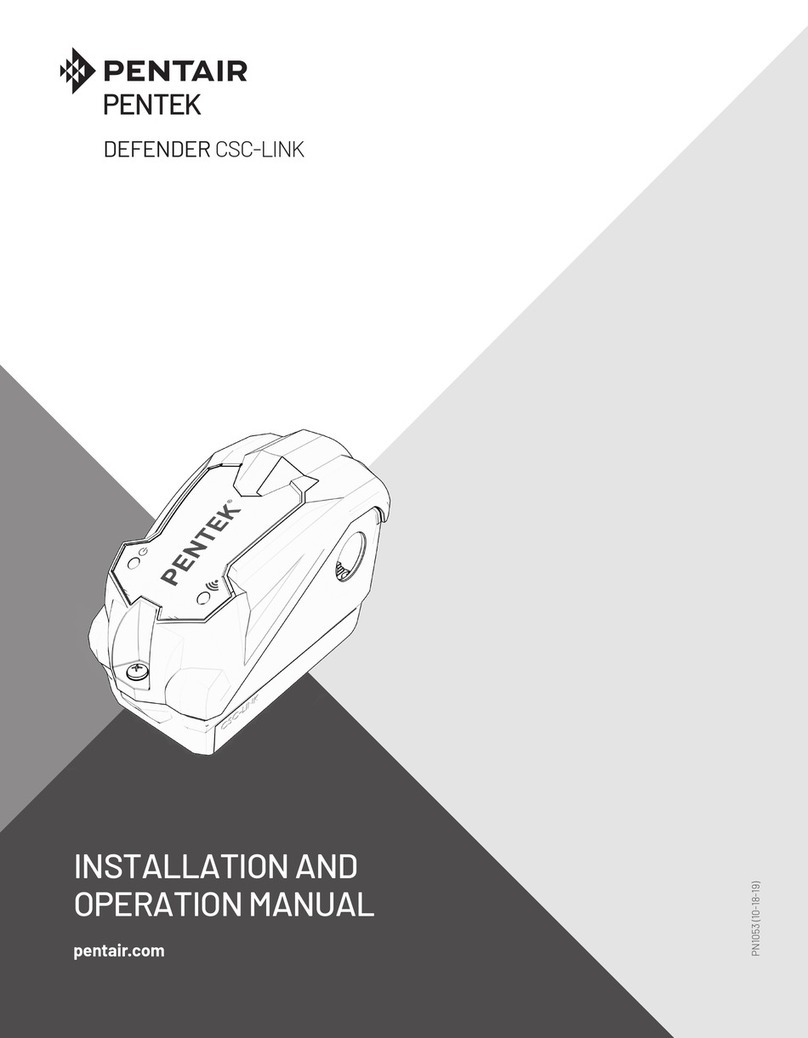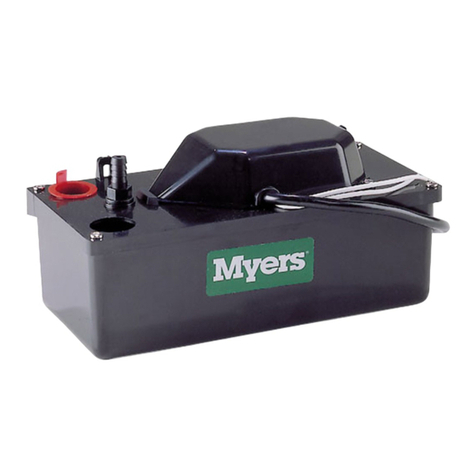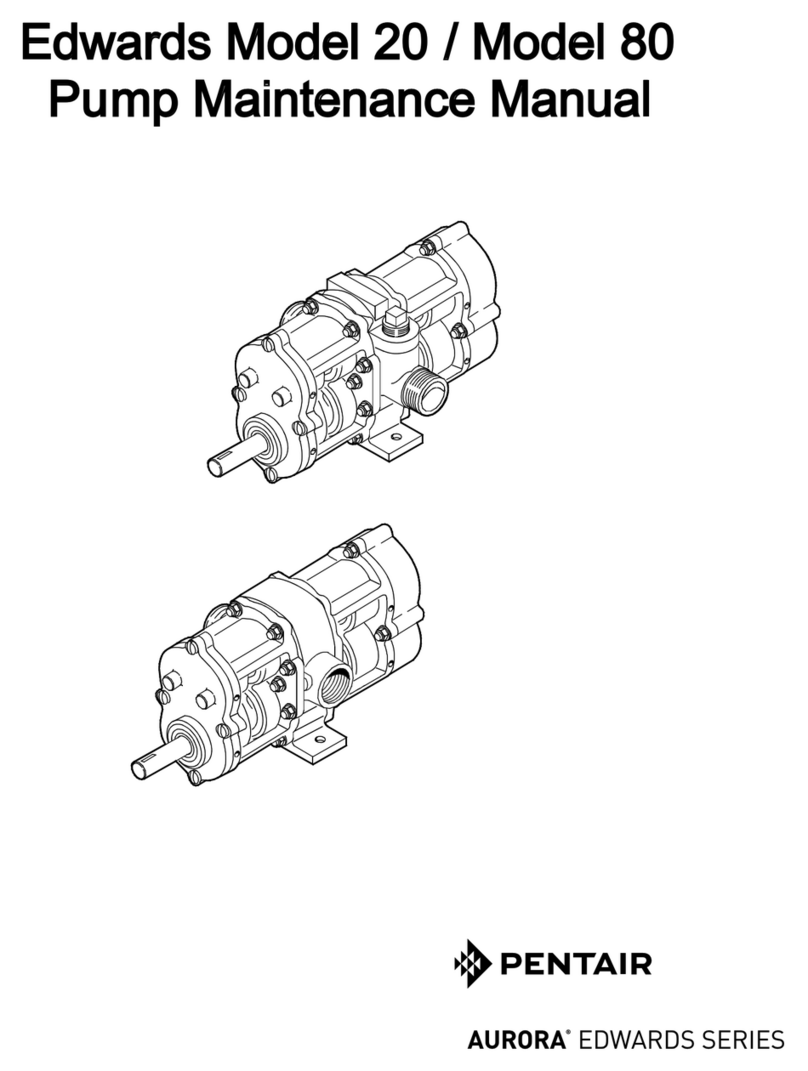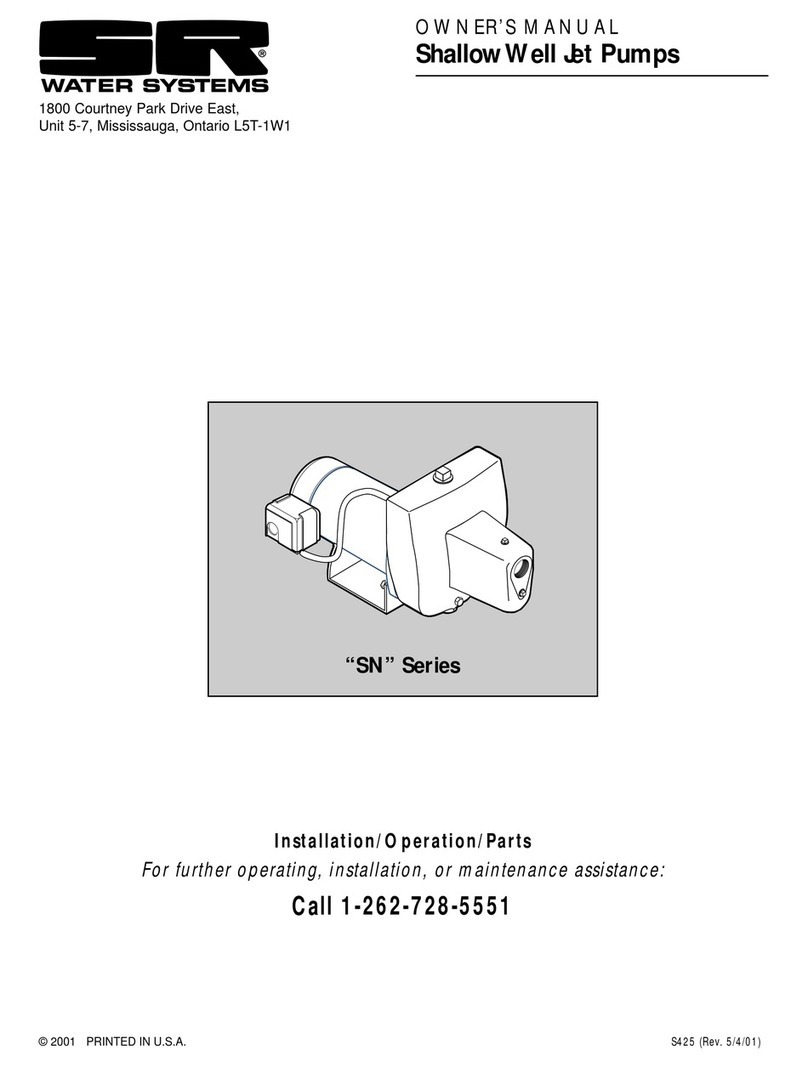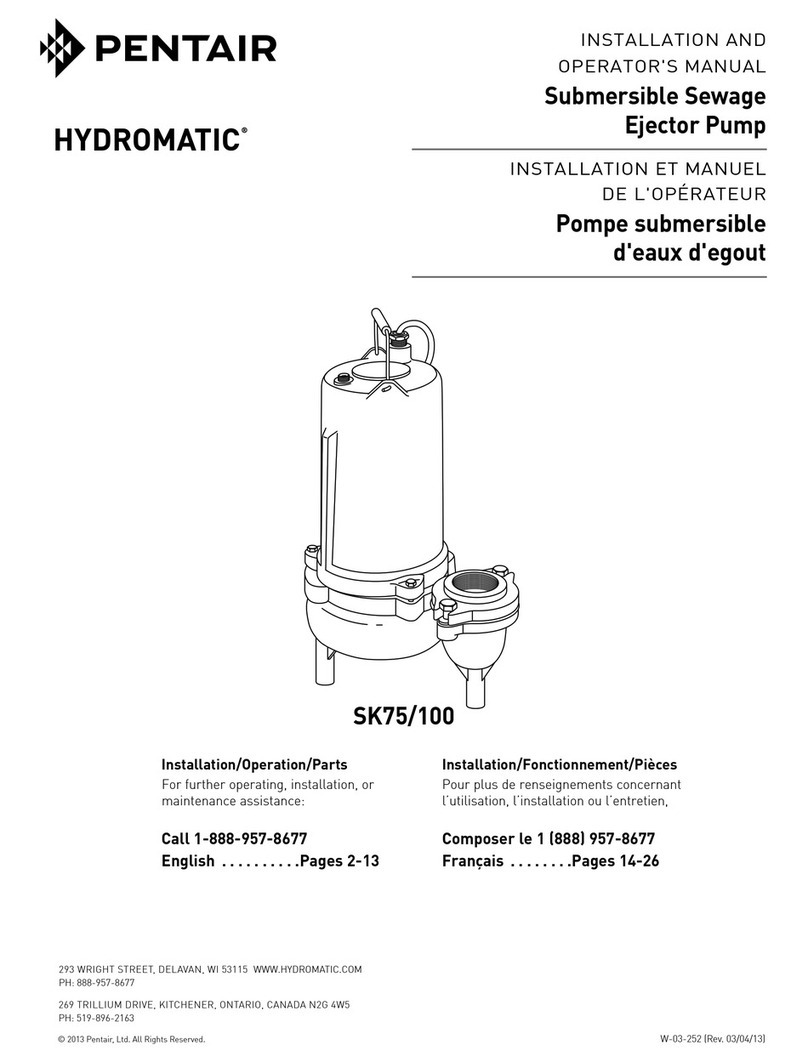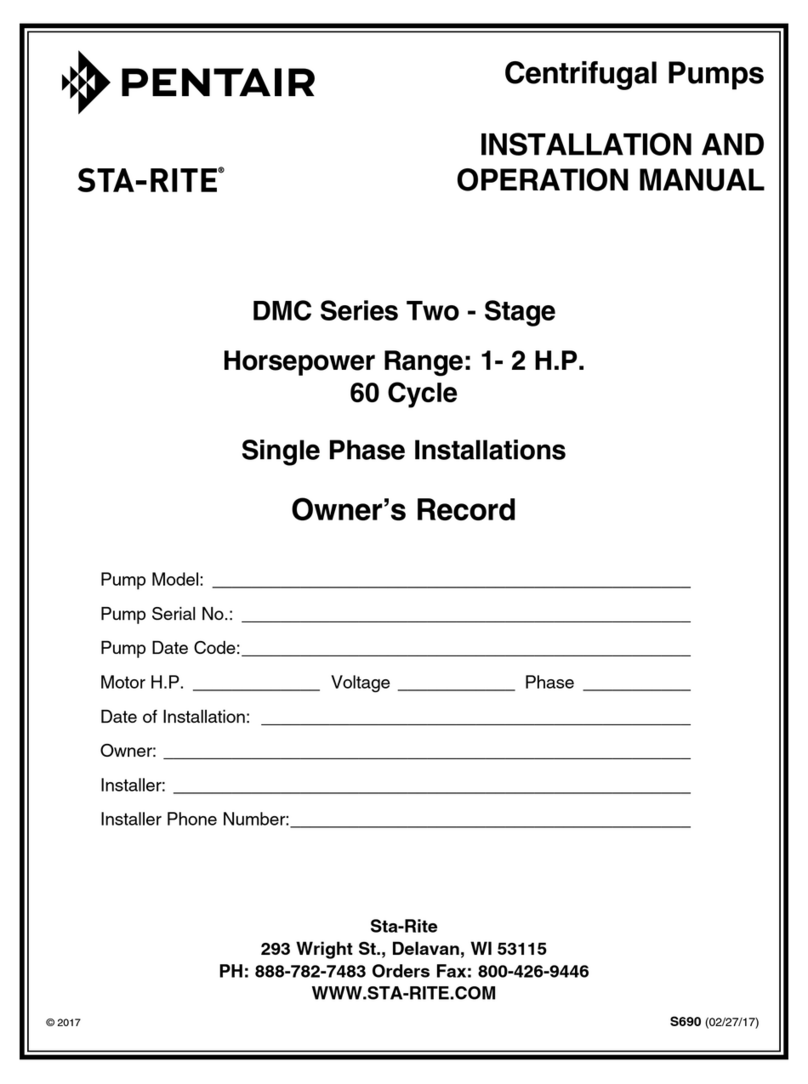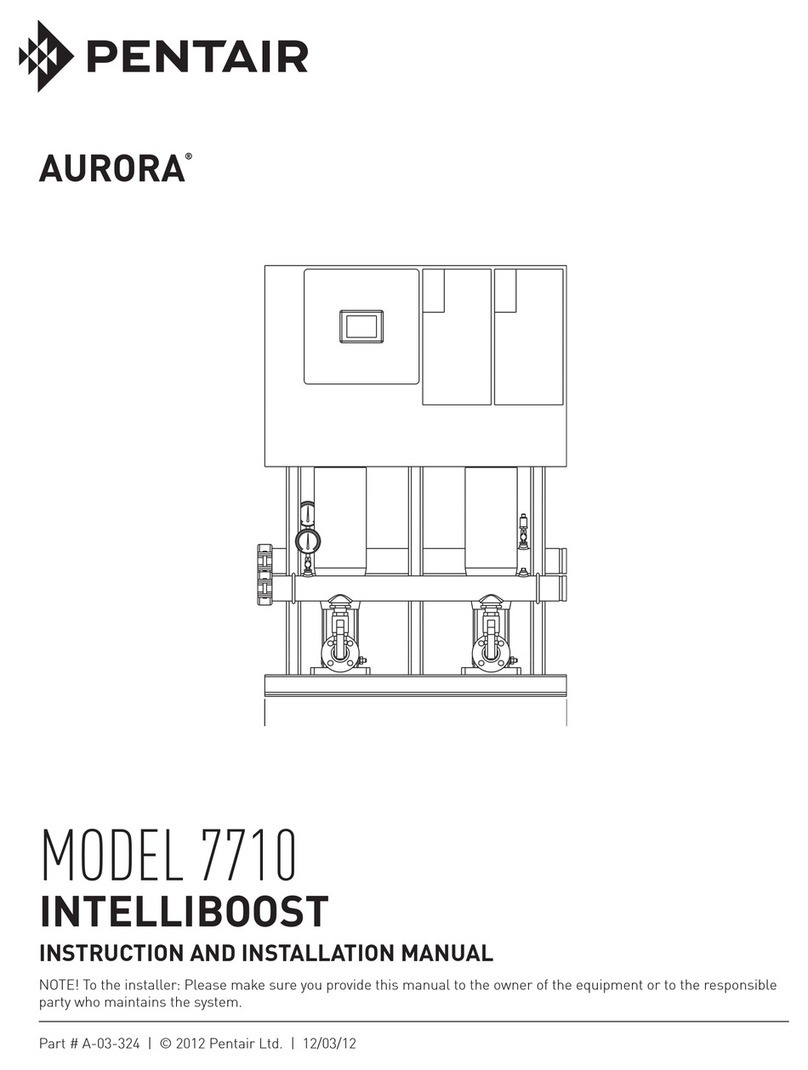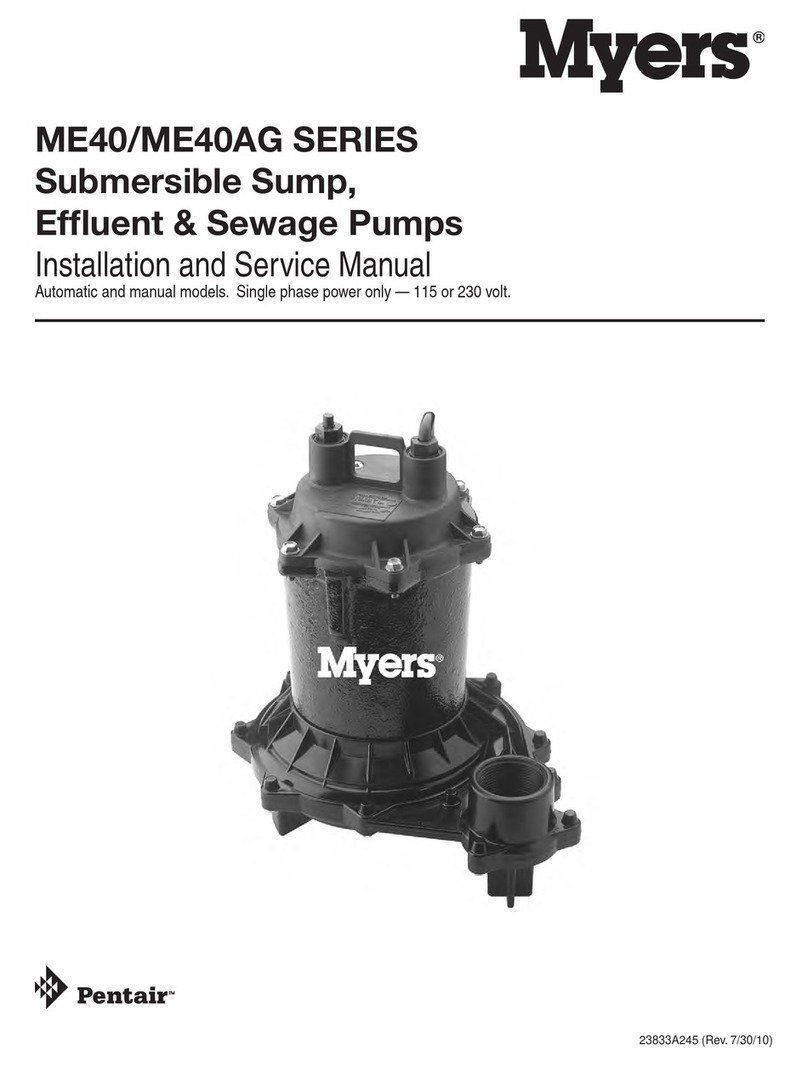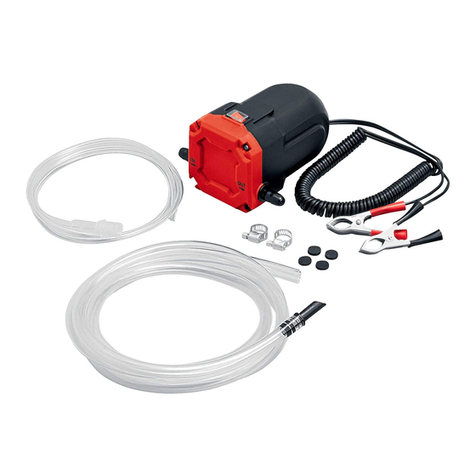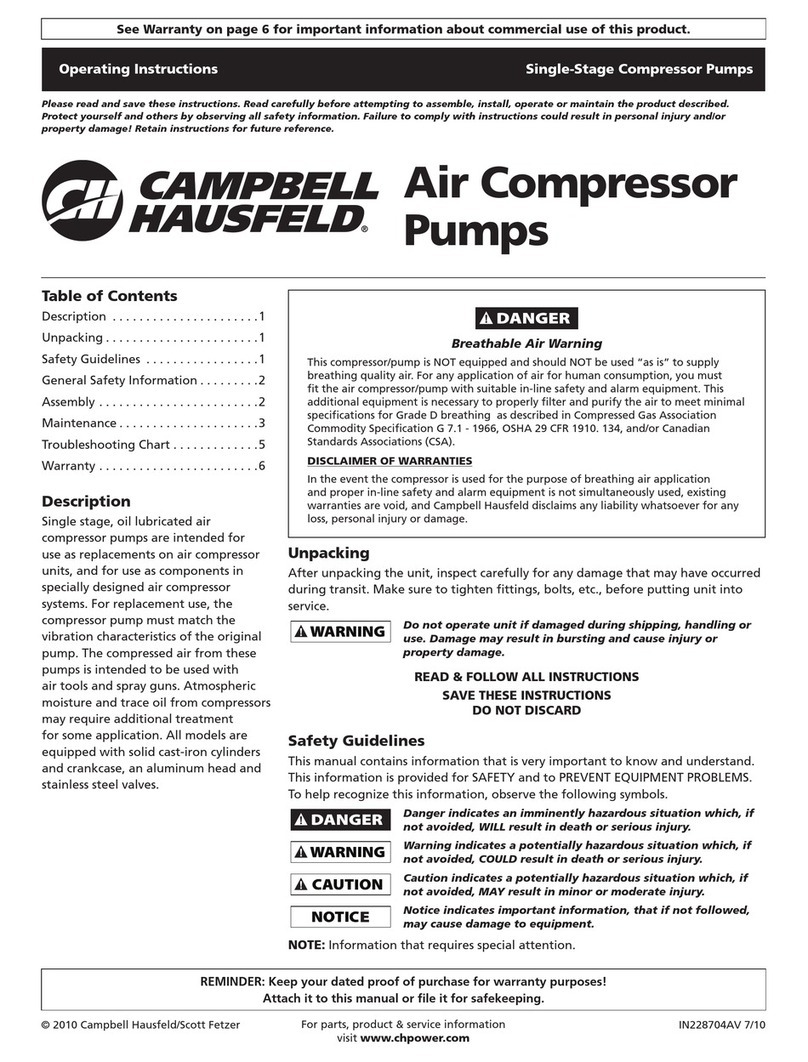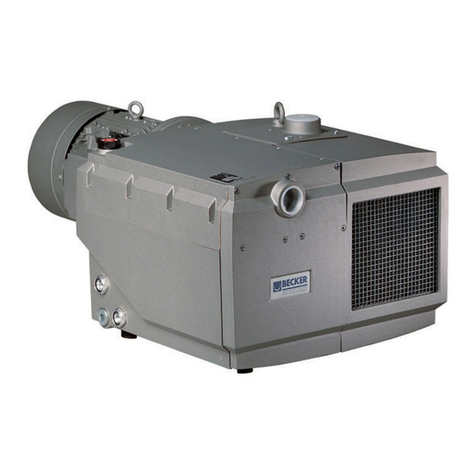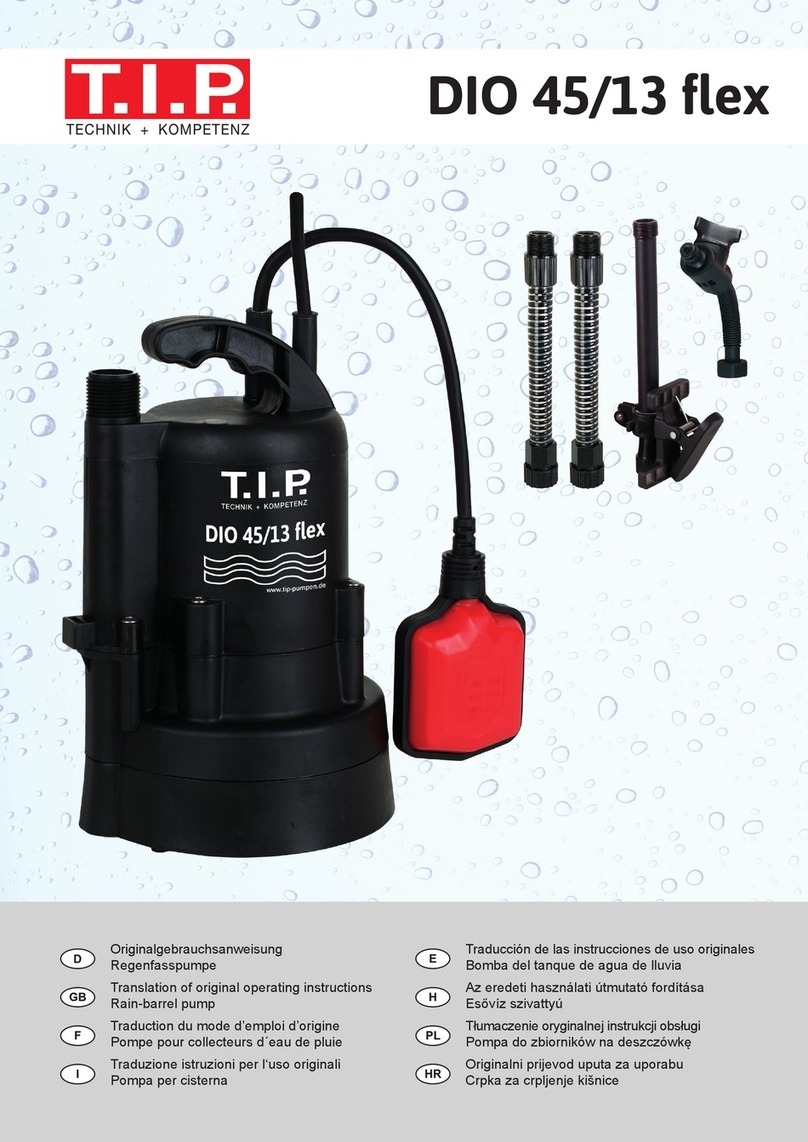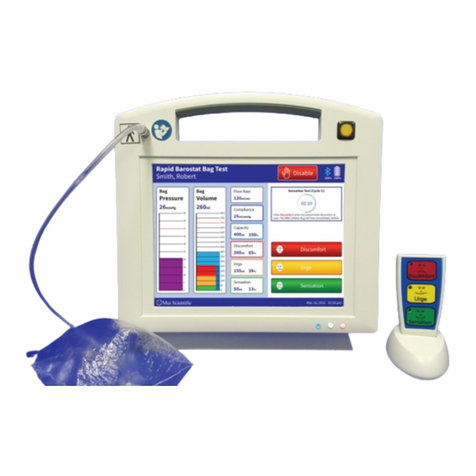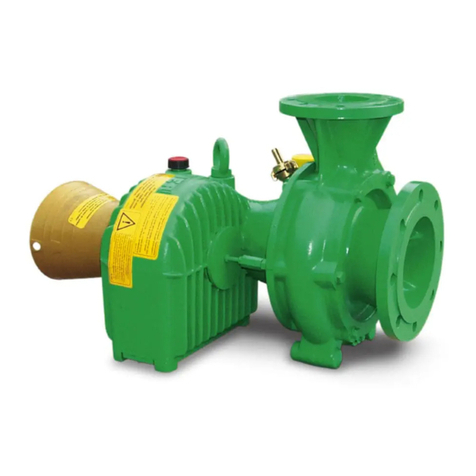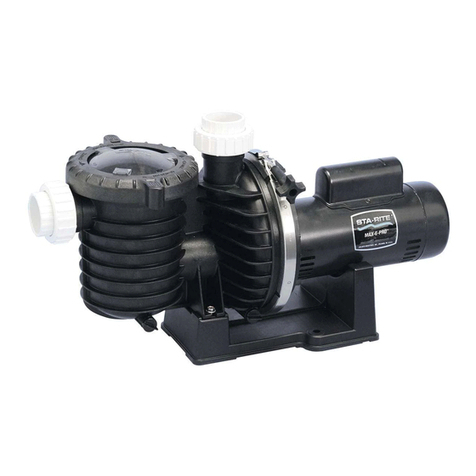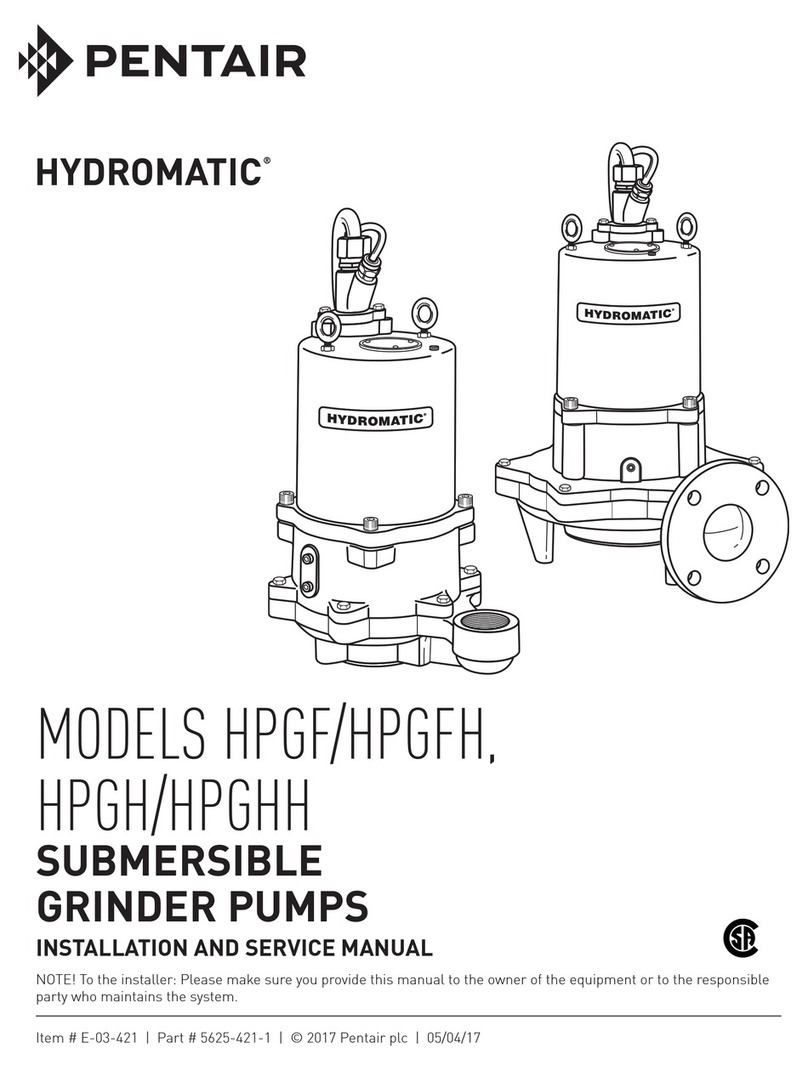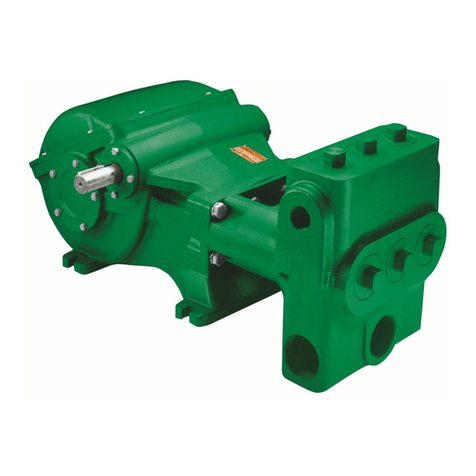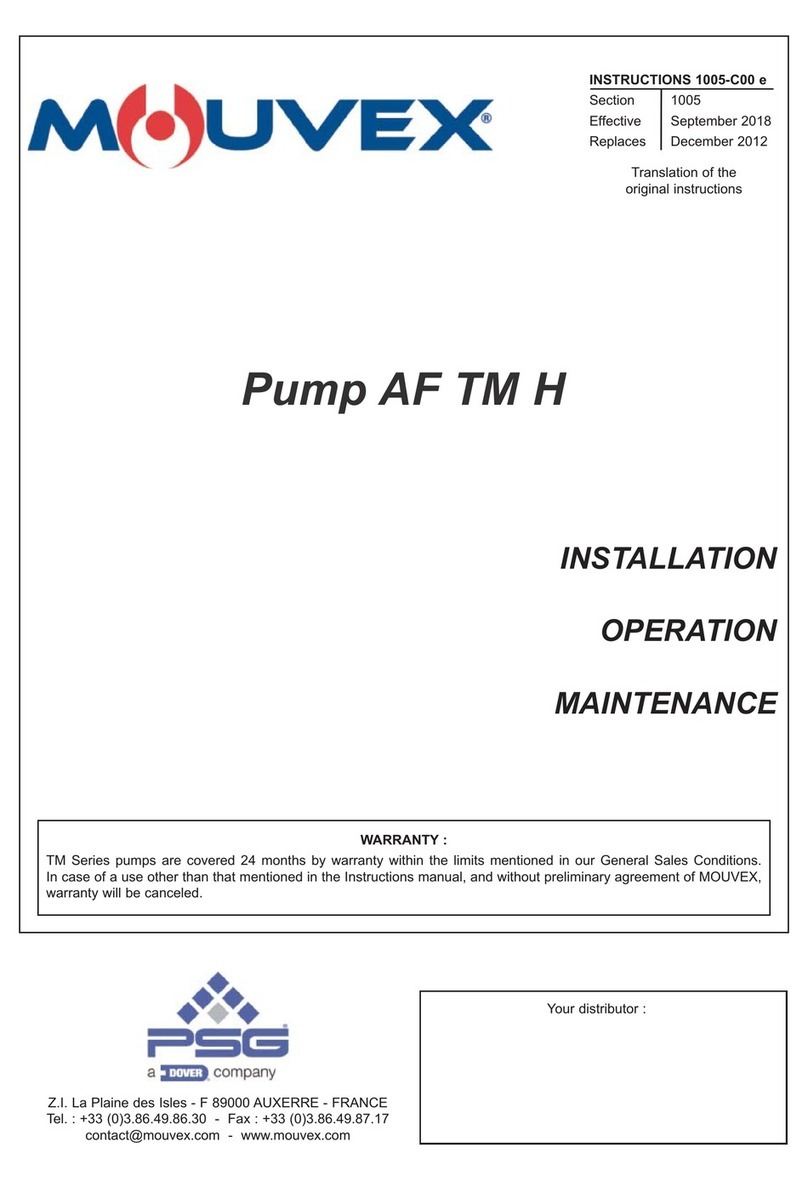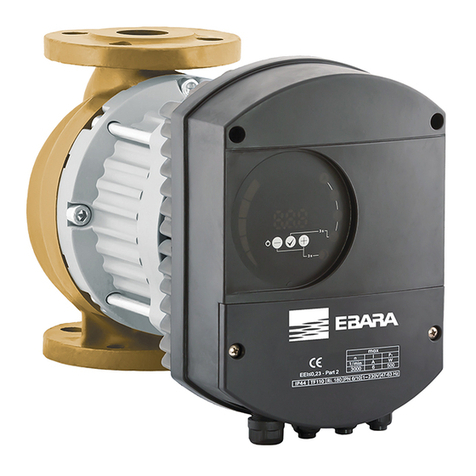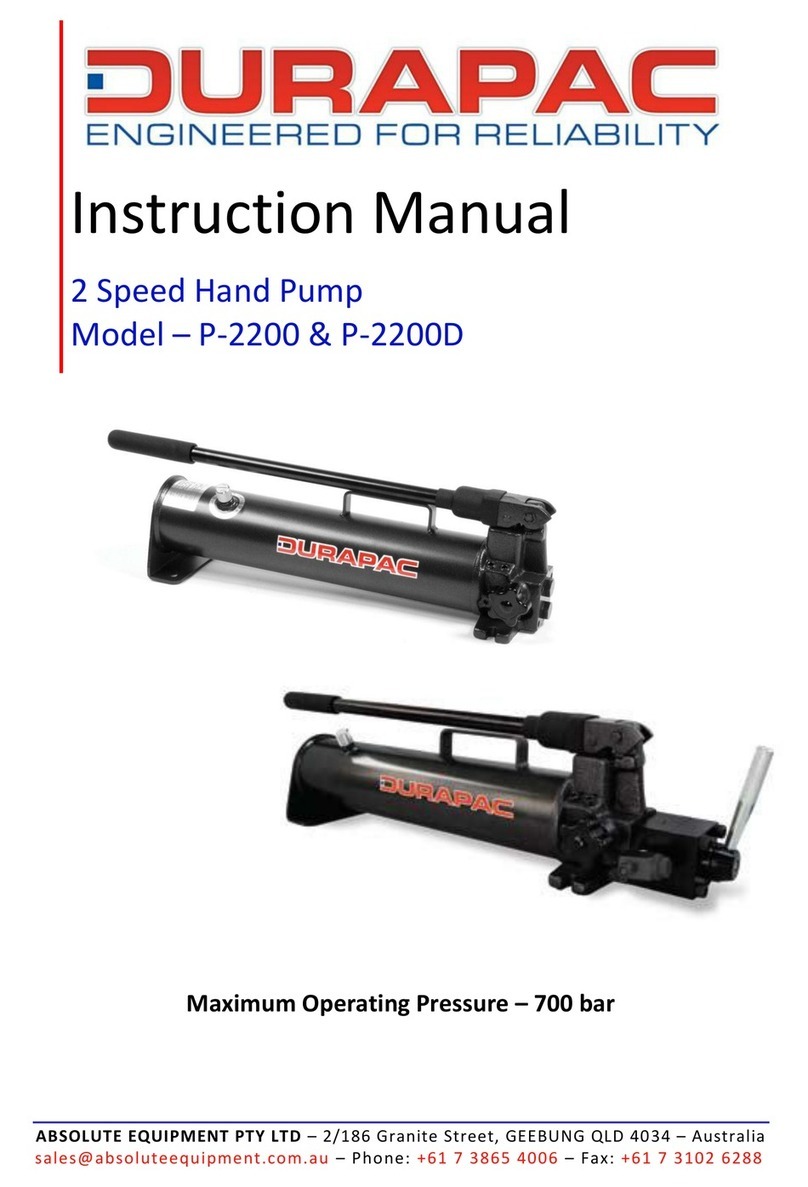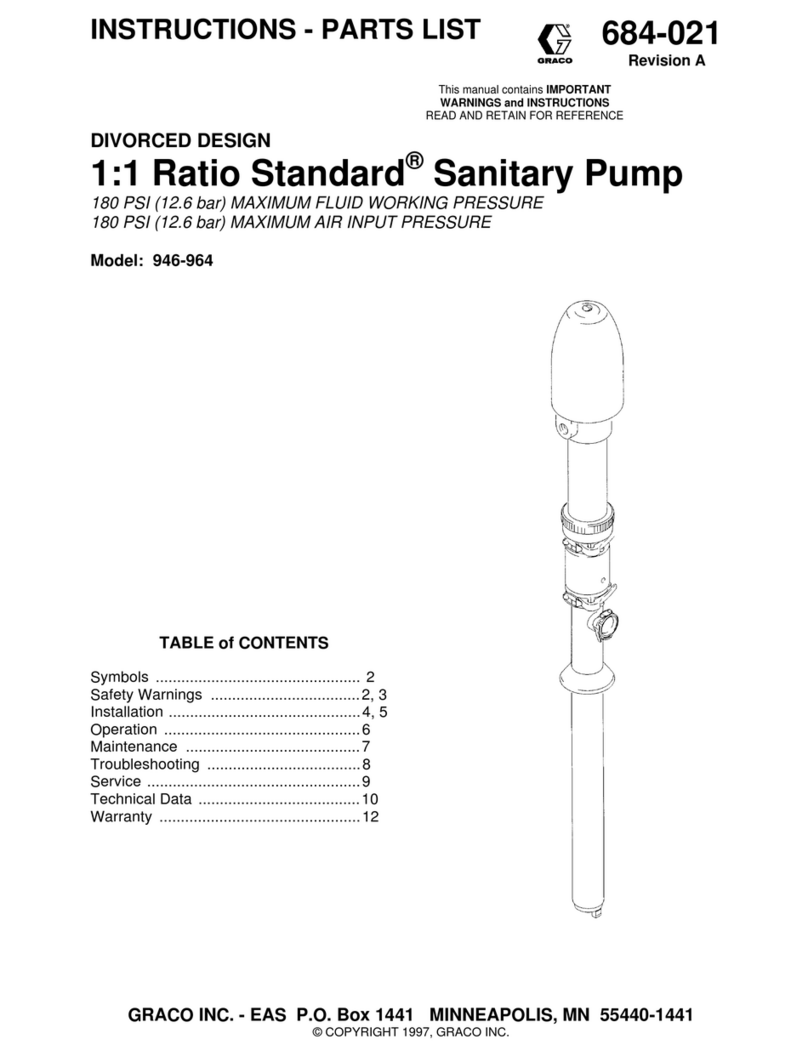
SAFETY INSTRUCTIONS
For professional use only. Observe
all warnings. Read and understand all
instructions before operating equip-
ment Extreme caution should be used
when operating this equipment as per-
sonal injury and/or property damage
can result from equipment misuse.
This equipment generates very high
fluid pressure. Extreme caution should
be used when operating this equipment
as material from dispensing valve or
leaks from loose or ruptured compo-
nents can inject fluid through the skin
and into the body causing serious bodily
injury including possible need for ampu-
tation. Adequate protection is recom-
mended to prevent splashing of material
onto the skin or into the eyes.
IMPORTANT: If any fluid appears to
penetrate the skin, get emergency medi-
cal care immediately! Do not treat as a
simple cut. Tell attending physician
exactly what fluid was injected.
INEVER point the dispensing
valve et any part of the body or
at another person.
material from dispensing valve
orleaking connection orcom-
ponent with your hand orbody.
ALWAYS check equipment
for proper operation before
each use, making sure safety
devices are in place and oper-
sting properly. DO NOT alter or
modify any part of the equip-
ment as this may cause amal-
function and result in serious
bodily injury.
ALWAYS follow the pressure
relief procedure after shutting
off the pump, when checking
or servicing any part of the
system, and when installing,
cleaning or changing any part
of the system.
ALWAYS read and follow the
fluid and solvent manufactur-
er’s recommendations regard-
ing the use of protective cloth-
ing and equipment.
PRESSURE RELIEF
PROCEDURE
To reduce the risk of serious
bodily injury, including splash-
ing into the eyes or onto the
skin, always follow this proce-
dure: Whenever you shut off
the pump, when checking or
servicing any part of the system,
and when installing, cleaning
or changing any part of the sys-
tem.
1. Disconnect air to the pump.
2. Point the dispensing valve
away from yourself and
others.
3. Open the dispensing valve
into an appropriate contain-
er until pressure is relieved.
If you suspect that the dis-
pensing valve or hose is com-
pletely clogged orthat pressure
has not been fully relieved after
following the above procedure,
VERY SLOWLY loosen the hose
end coupling to relieve pressure
gradually, then loosen comple-
tely. Now clear the valve or
hose.
INSPECTION
INSTRUCTIONS
If overpressurizing of the equipment
is believed to have occurred, contact
the factory authorized warranty and
service center nearest you for inspec-
tion of the pump.
Specialized equipment and knowl-
edge is required for repair of this pump.
Contact the factory authorized warranty
and service center nearest you for repair
or adjustments other than maintenance
specified in this manual.
Annual inspection by the factory
authorized warranty and service center
nearest you is recommended.
Alist of factory authorized warranty
and service centers is available upon
request.
DAMAGED PUMPS
Any pump that appears to be dam-
aged in any way, is badly worn or oper-
ates abnormally shall be removed from
use until repairs are made. Contact the
factory authorized warranty and service
center nearest you for repairs
INSTALLATION
The typical installation shown is only
aguide for selecting and installing
system components. Contact your
Lincoln representative for assistance in
designing asystem to suit your specific
needs.
An air line filter/regulator/lubricator
is recommended for use with your Lincoln
pump to remove harmful dirt and mois-
ture from the compressed air supply,
and to provide automatic lubrication to
the air motor.
This pump can develop
2250 PSI working pressure at
160 PSI maximum incoming air
pressure. Be sure that all sys-
tem equipment and accesso-
ries are rated to withstand the
maximum working pressure of
this pump. DO NOT exceed the
maximum working pressure of
the lowest rated component in
the system.
Flush the supply lines and hoses
with mineral spirits or oil based solvent
and blow dry with air before connecting
them to the system. This is to purge any
contaminants such as dirt, moisture, or
metal shavings that could damage the
pump or system components.
The pump was tested in lightweight
oil which was left in it to protect the
pump from corrosion. Flushing of the
pump before connecting it tothesystem
might be desired to prevent contamina-
tion of the fluid youare pumping.
To reduce the risk of injury
from splashing or static spark-
ing when flushing the pump
with mineral spirits or oil based
solvent, always hold ametal
part of the dispensing valve
firmly to the side of agrounded
metal pail and operate pump at
lowest possible fluid pressure.








